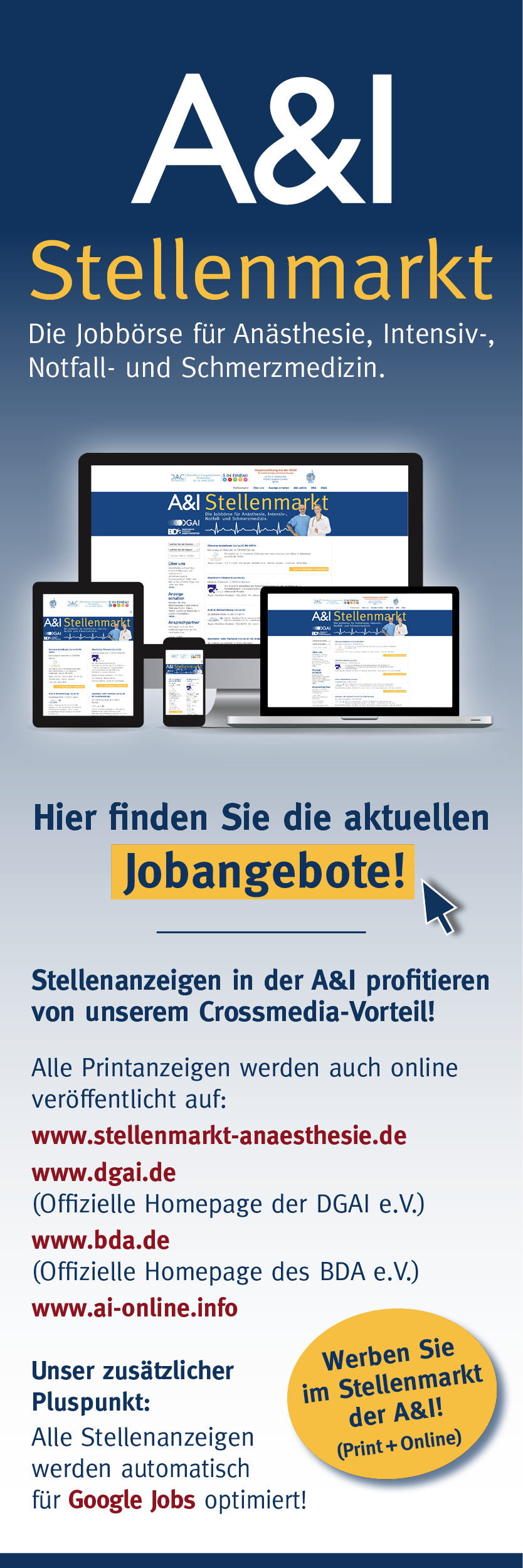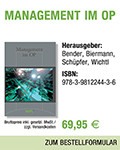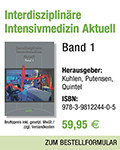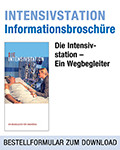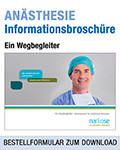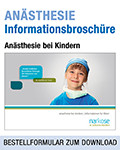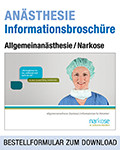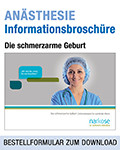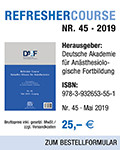
61. Jahrgang - Mai 2020
Ösophagusperforation infolge transösophagealer Echokardiographie
Oesophageal perforation by transoesophageal echocardiography
Die transösophageale Echokardiographie (TEE) ist ein sehr sicheres Verfahren, das die Detektion und Beurteilung verschiedener kardialer und thorakaler Pathologien erlaubt. Obwohl die Gesamtkomplikationsrate niedrig ist, können schwere lebensbedrohliche Komplikationen wie im folgenden Fall auftreten. Ein 88-jähriger Patient stellte sich mit erstmalig aufgetretenem Vorhofflimmern vor, welches von der Kardiologie mittels TEE weitergehend abgeklärt werden sollte.
Die Untersuchung musste vorzeitig abgebrochen werden, als der Untersucher einen Widerstand vernahm und blutig tingierter Speichel zu beobachten war. Während der darauffolgenden Ösophago-Gastro-Duodenoskopie (ÖGD) wurde der Patient respiratorisch sowie hämodynamisch instabil und intubationspflichtig. Radiologisch zeig-ten sich eine Perforation des oberen Ösophagus sowie eine Mediastinitis. Nachdem endoskopisch ein endoluminales Vakuumsystem eingebracht wurde, wurde der Patient auf die operative Intensivstation verlegt. Das endoluminale Vakuumsystem wurde in regelmäßigen Abständen unter Endoskopie gewechselt und nach zwei Wochen entfernt. Der Patient konnte erfolgreich extubiert werden und einen Monat nach Aufnahme auf die Intensivstation von dieser auf die Normalstation verlegt werden. Schwerwiegende Komplikationen im Rahmen einer TEE sind also möglich, und die Untersuchung sollte nach umfassender Anamnese und Indikationsstellung umsichtig durchgeführt werden. Unterstützende Maßnahmen zur Platzierung der Sonde wie die Laryngoskopie oder der Esmarch-Handgriff können hilfreich sein, um das Risiko für Komplikationen zu reduzieren.
Transoesophageal echocardiography (TOE) is a very safe diagnostic tool which allows for detection and assessment of a variety of different cardiac and other thoracic pathologies. The overall complication rate is low, however, up to severe and life-threatening conditions may develop during or after the procedure as observed in the following case. An 88 year-old male patient presented with atrial fibrillation which was examined by a cardiologist by TOE. The procedure had to be terminated due to a resistant structure apparent to the examiner and bloody saliva. During the following esophagogastroduodenoscopy (OGD) the patient developed respiratory and haemodynamic instability which re-quired vasopressor treatment and intubation of the trachea. Computed tomo-graphy revealed a perforation of the upper oesophagus and a mediastinitis. After endoscopic instalment of an endoluminal sponge-based vacuum system the patient was transferred to the intensive care unit. Intermittent exchange of the endoluminal vacuum system was carried out and the sponge system extracted after two weeks. The patient could be extubated successfully and left the intensive care unit about one month after admission. This case report illustrates that severe complications of TOE may occur and that the examination itself must be carried out carefully. Techniques such as laryngoscopy or Esmarch’s jaw-thrust manoeuver may be helpful to avoid these complications.





